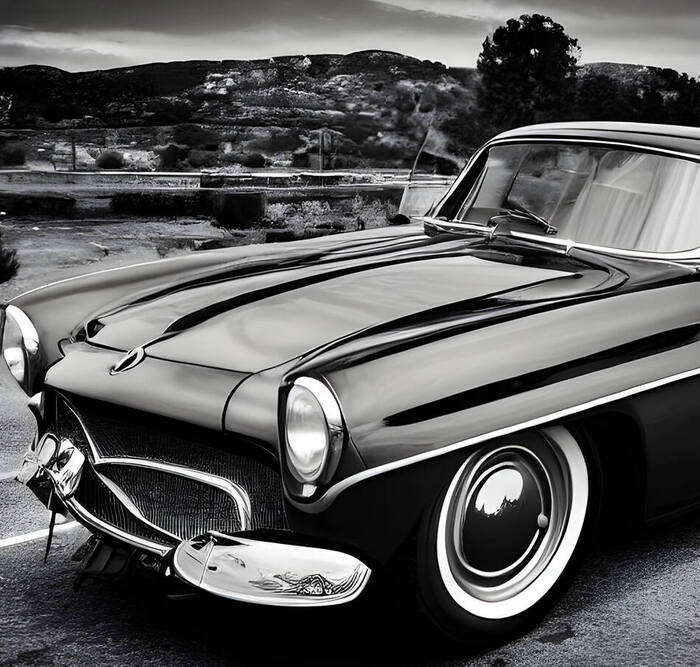
Is Your Car Too Old to Insure? What You Need to Know Before Dropping Coverage

by Erin Anderson
Still paying hundreds a year to insure a 15-year-old sedan? You’re not alone — but you might be overpaying. Maybe you’re thinking about dropping collision or comprehensive coverage altogether. After all, why keep paying to protect a vehicle that’s worth less and less each year?
But before you cut back your policy or cancel coverage, there are a few important things to consider. In some cases, keeping that extra protection makes financial sense — even for older cars.
Start by Checking the Actual Value of Your Car
Don’t guess — look it up. Use trusted tools like Kelley Blue Book or Edmunds to get a realistic estimate of your car’s current market value. If your car is only worth a few thousand dollars and your deductible and premiums are high, you might be paying more in coverage than you’d ever get back from a claim.
On the other hand, if your car’s value is still relatively strong — maybe because it’s low mileage, in great shape, or a popular model — it could still be worth protecting.
Understand What Coverage You’re Actually Paying For
Liability insurance is legally required in almost every state, no matter how old your vehicle is. But comprehensive and collision coverage? That’s optional — and that’s where most people consider making cuts.
Collision covers damage to your car from an accident, even if it’s your fault. Comprehensive covers things like theft, vandalism, falling tree limbs, hail, and more. If you drop one or both, you’ll be on the hook for those repair or replacement costs out of pocket.
Before canceling, ask yourself: Could I afford to replace or repair this car out of pocket if something happened tomorrow?
Watch Out for Gaps That Could Cost You Later
Even if your car isn’t worth much, there’s still value in avoiding unexpected expenses. For example, a cracked windshield or damage from a break-in may not seem like a big deal, but repairs can still run hundreds of dollars — and without comprehensive coverage, they’ll come out of your own wallet.
Also keep in mind that if you’re still making payments on the car (like through a personal loan), your lender may require full coverage until it’s paid off.
Consider How You Use Your Vehicle
If your older car is your daily driver or your only mode of transportation, keeping some level of protection can be a smart move. The cost of renting a car or arranging transportation while yours is in the shop — even for minor damage — can quickly outweigh what you save by dropping coverage.
If it’s a secondary car or something you rarely drive, you might have more flexibility to reduce coverage, but make sure you’re not creating gaps that could come back to bite you.
The Bottom Line
As your car ages, it’s a smart move to take a fresh look at your insurance — but don’t drop coverage without doing the math first. Check your car’s current value, review your policy line by line, and run the numbers on how much you’d really save versus what a major repair or replacement might cost you.
If you’re thinking about adjusting your coverage, take the next step: compare quotes from multiple insurers, explore different deductible options, and ask about discounts for older vehicles. A few simple changes can help you lower your premiums — without leaving yourself exposed.